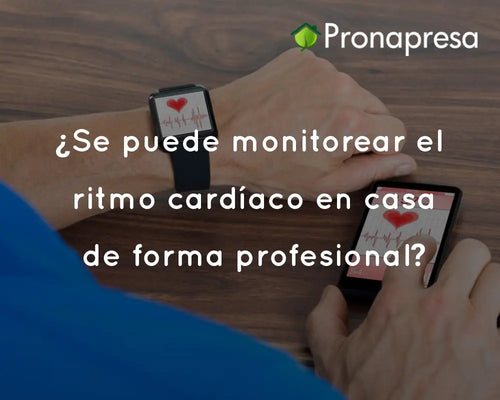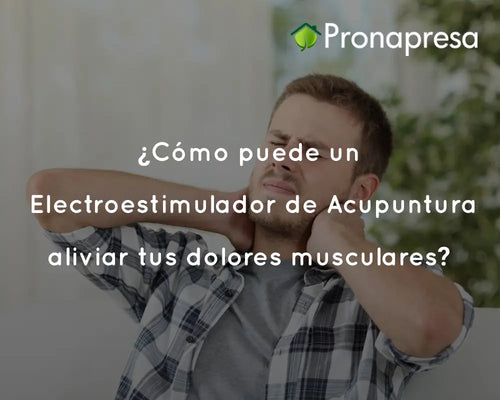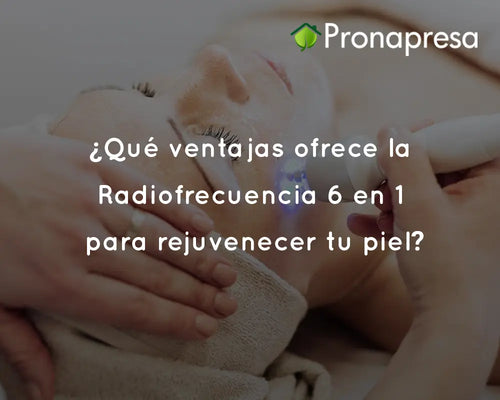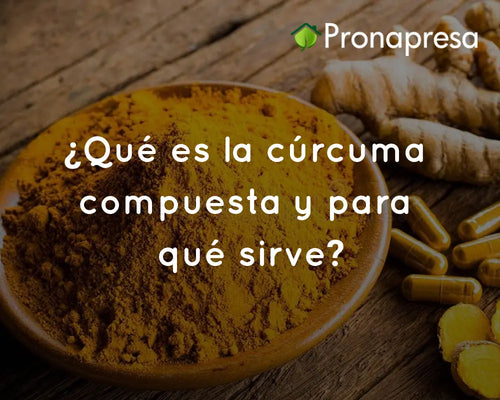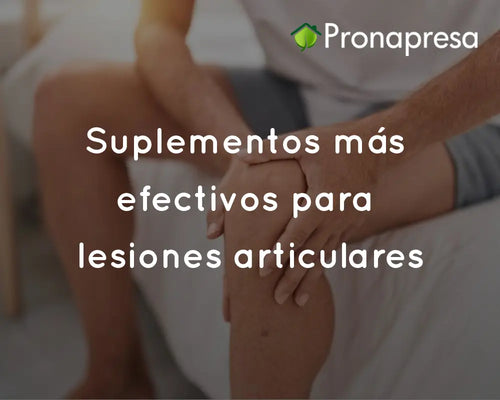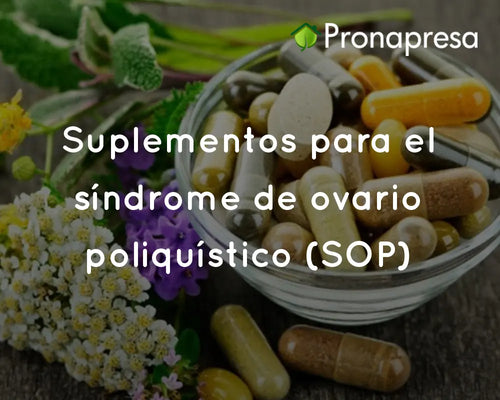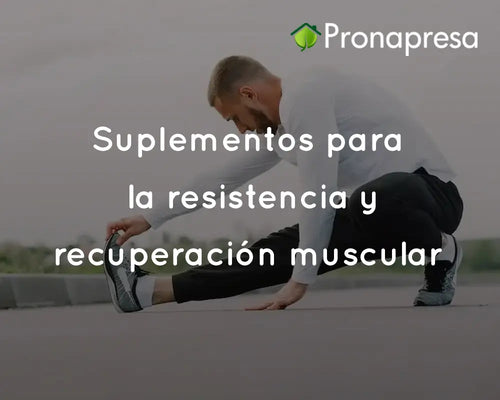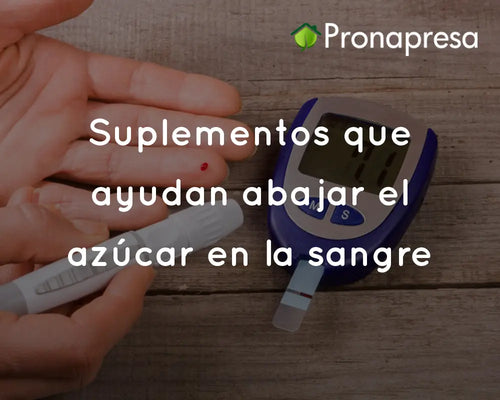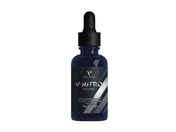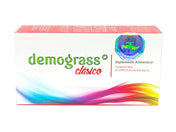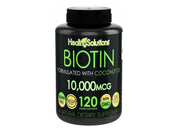
Signs of poor circulation
Poor circulation can manifest itself in a variety of ways. Below, we detail the most common signs of circulatory system problems.
1. Cold extremities
Cold hands and feet can be a sign that blood isn't getting adequately to your extremities. This can be especially noticeable in cold weather, but if your extremities are constantly cold, it could be an indication of poor circulation.
2. Numbness and Tingling
Numbness and tingling, especially in the extremities, are common symptoms of poor circulation. Lack of adequate blood flow can prevent nerves from functioning properly, causing these sensations.
3. Chronic fatigue
Constant fatigue can be a sign that the body isn't getting enough oxygen and nutrients due to poor circulation. When muscles and tissues don't get what they need, feelings of exhaustion become more common.
4. Swelling of the extremities
Fluid retention in the feet, ankles, and hands is a clear sign of circulatory problems. Poor circulation can cause fluid to accumulate in certain areas of the body.
5. Changes in skin color
A visible sign of poor circulation is a change in skin color. Affected areas may turn pale, blue, or even red due to a lack of adequate blood flow.
6. Ulcers and wounds that do not heal
Lack of proper circulation can prevent wounds and ulcers from healing, especially in the lower extremities. If you notice that your wounds take a long time to heal or don't heal at all, this could be a sign of circulatory problems.
7. Pain and cramps in the legs
Pain and cramps, especially during physical activity, can be indicative of poor circulation. This may be due to the muscles not receiving enough oxygen during exercise.
8. Varicose veins
Varicose veins are a visible sign that the valves in the veins aren't working properly, which can cause circulation problems. These swollen, twisted veins are common in the legs and can be painful.
9. Hair loss and brittle nails
Poor circulation can affect the health of your hair and nails. The lack of nutrients and oxygen can cause hair to become brittle and nails to break easily.
10. Erectile dysfunction
In men, erectile dysfunction can be an early sign of circulatory problems. Poor blood circulation can make it difficult to maintain an erection.
[product=garlic-and-omega-circulation]
Natural supplement that helps protect your circulatory system
[/product]
Causes of poor circulation
Identifying the causes of poor circulation is important to effectively address the problem. The reasons can be diverse and multifactorial.
1. Peripheral Arterial Disease (PAD)
PAD is a condition in which arteries narrow due to plaque buildup, reducing blood flow to the extremities. It's a common cause of poor circulation in the legs and feet.
2. Deep Vein Thrombosis (DVT)
DVT occurs when a blood clot forms in a deep vein, usually in the legs. This clot can partially or completely block blood flow, causing pain and swelling.
3. Diabetes
Diabetes can damage blood vessels and nerves, leading to circulatory problems. Diabetic neuropathy and peripheral vascular disease are common complications of diabetes that affect circulation.
4. Obesity
Excess weight can put an additional strain on the circulatory system, making it more difficult for blood to flow properly throughout the body. Obesity is also associated with conditions that affect circulation, such as diabetes and hypertension.
5. Smoking
Smoking damages arteries and reduces the blood's ability to carry oxygen, which can lead to circulatory problems. The chemicals in tobacco can also cause inflammation and plaque buildup in the arteries.
6. Sedentary lifestyle
Lack of physical activity can contribute to poor circulation. Regular movement is essential to keep blood flowing properly throughout the body.
7. Hypertension
High blood pressure can damage artery walls, causing them to harden and narrow, making it difficult for blood to flow.
Treatments and solutions
Treatment for poor circulation depends on the underlying cause. Below are some treatment options and lifestyle changes that can improve blood circulation.
Lifestyle Changes
-
Regular Exercise : Exercise helps improve circulation by strengthening the heart and blood vessels. Activities such as walking, swimming, and cycling are especially beneficial.
-
Healthy Diet : A diet rich in fruits, vegetables, whole grains, and lean proteins can improve vascular health. Avoid processed foods and foods high in saturated fats.
-
Hydration : Drinking enough water is crucial to keep blood flowing and prevent clots from forming.
-
Quit Smoking : Quitting tobacco is one of the best things you can do to improve your circulation and overall health.
-
Weight Control : Maintaining a healthy weight reduces the burden on the circulatory system and decreases the risk of obesity-related diseases.
Complementary therapies
Some complementary therapies can help improve circulation:
- Massages : They can help stimulate blood flow.
- Acupuncture : Can improve circulation and reduce pain.
- Supplements : Some supplements, such as ginkgo biloba and fish oil, may support vascular health.





